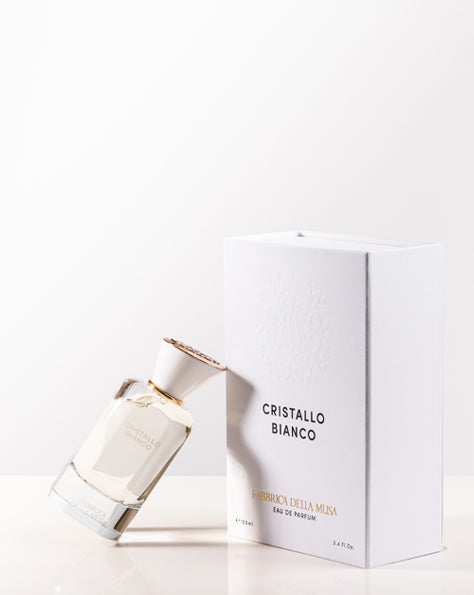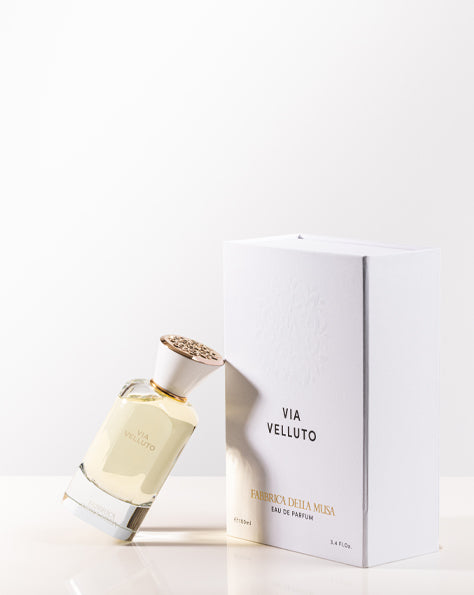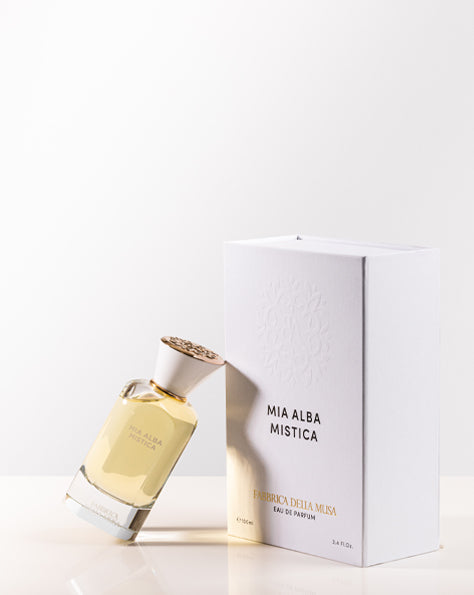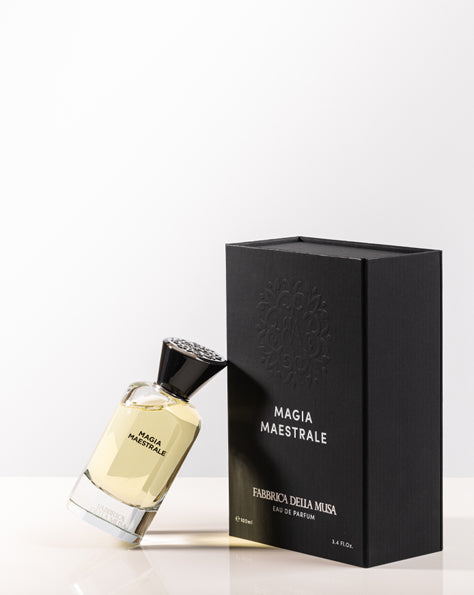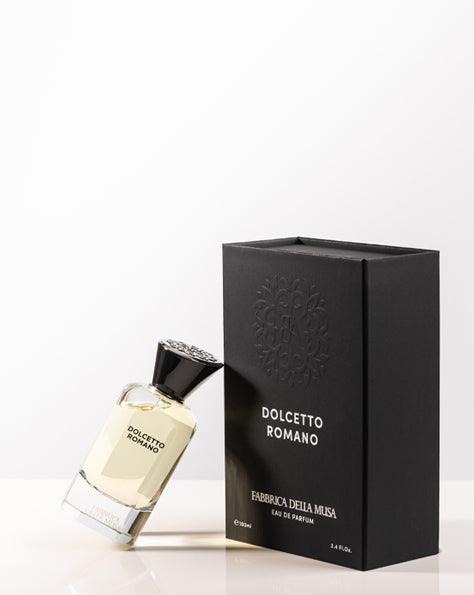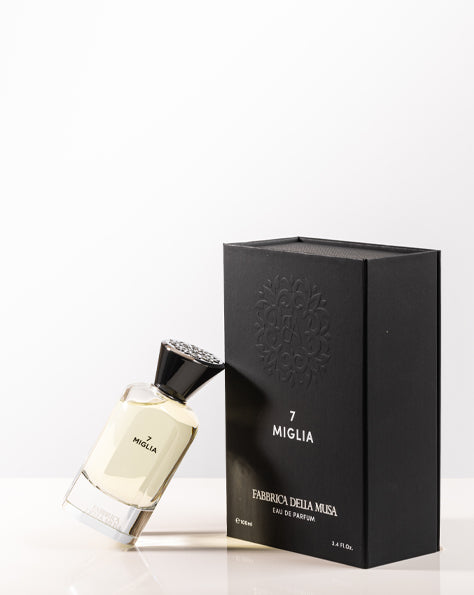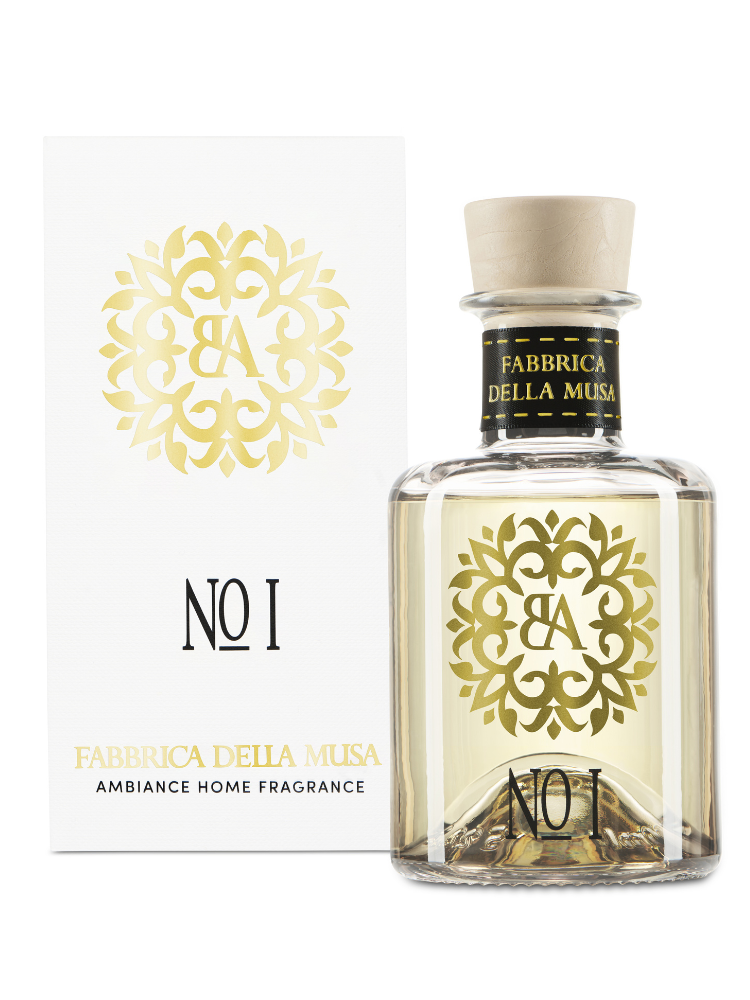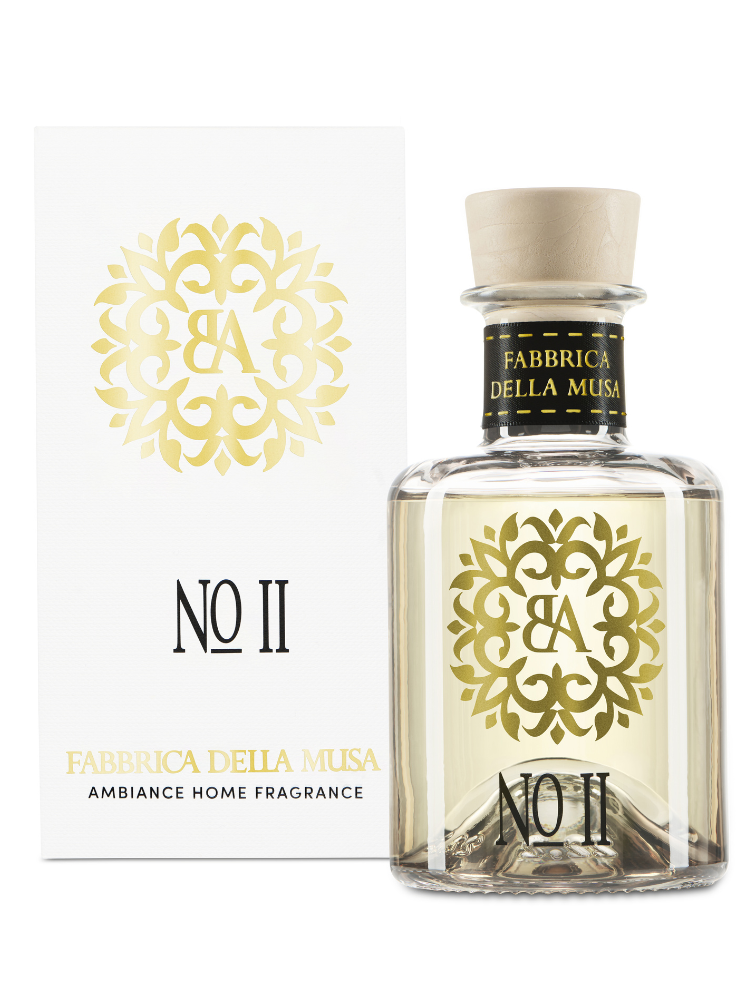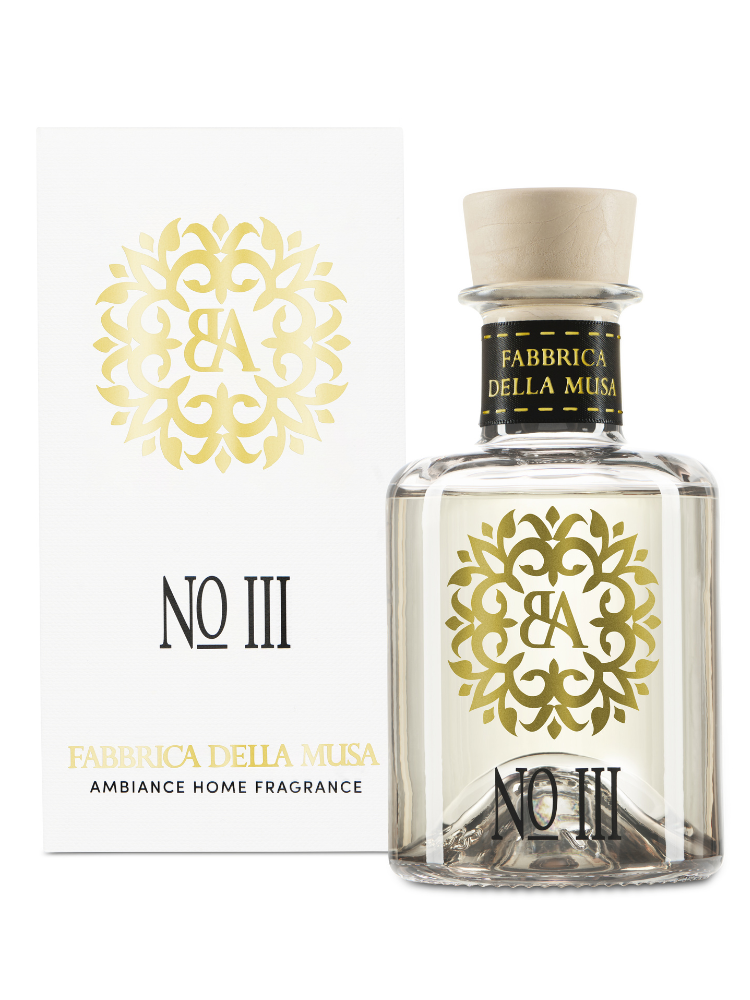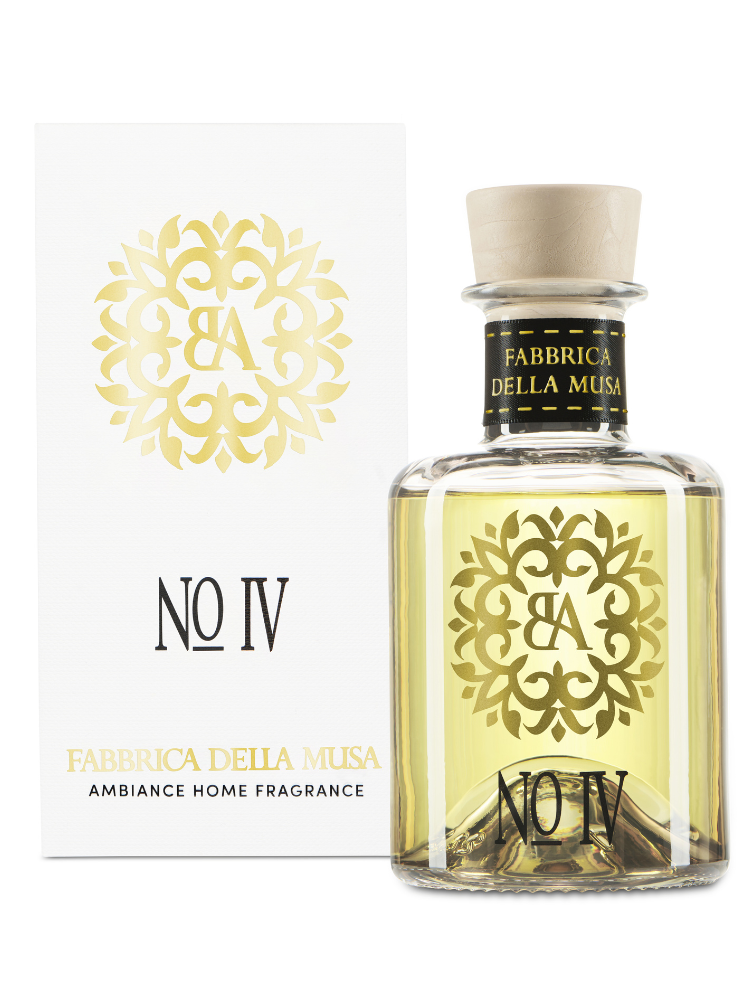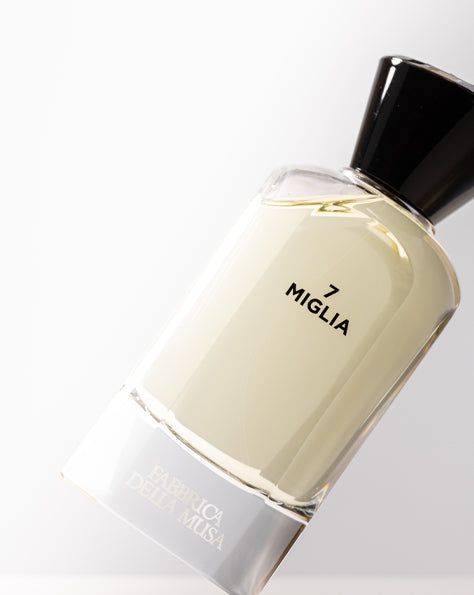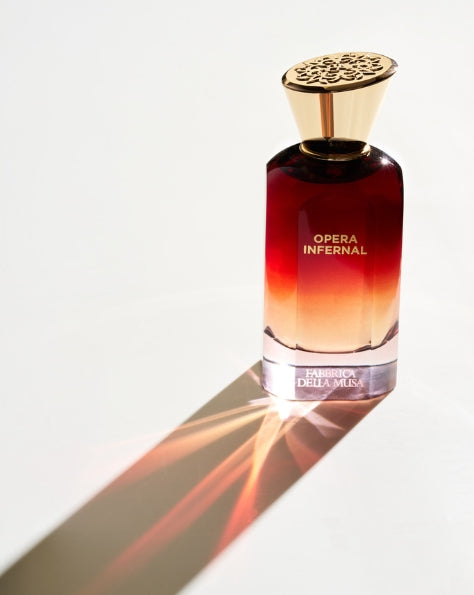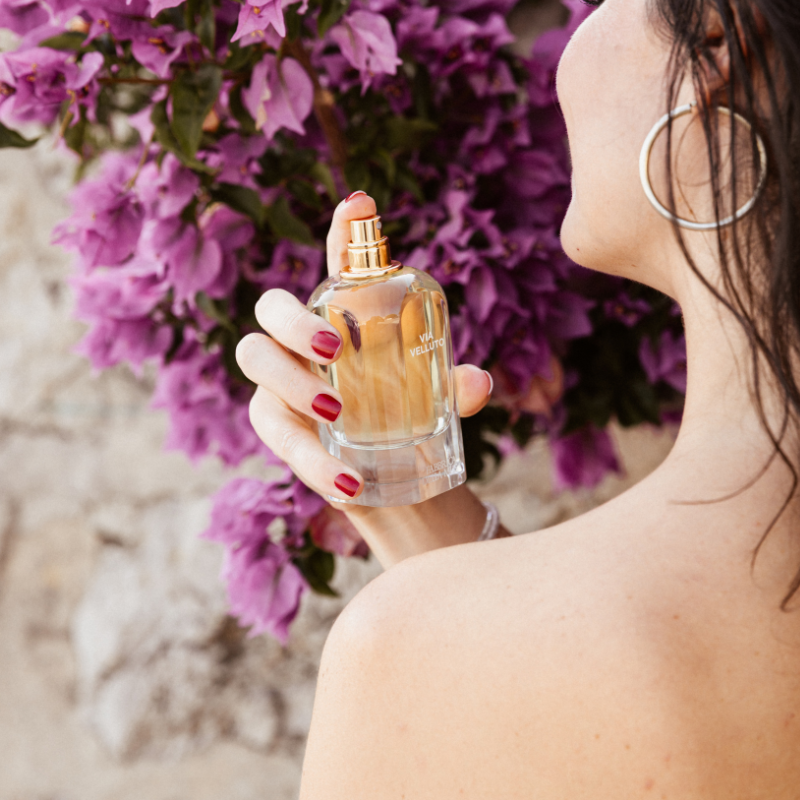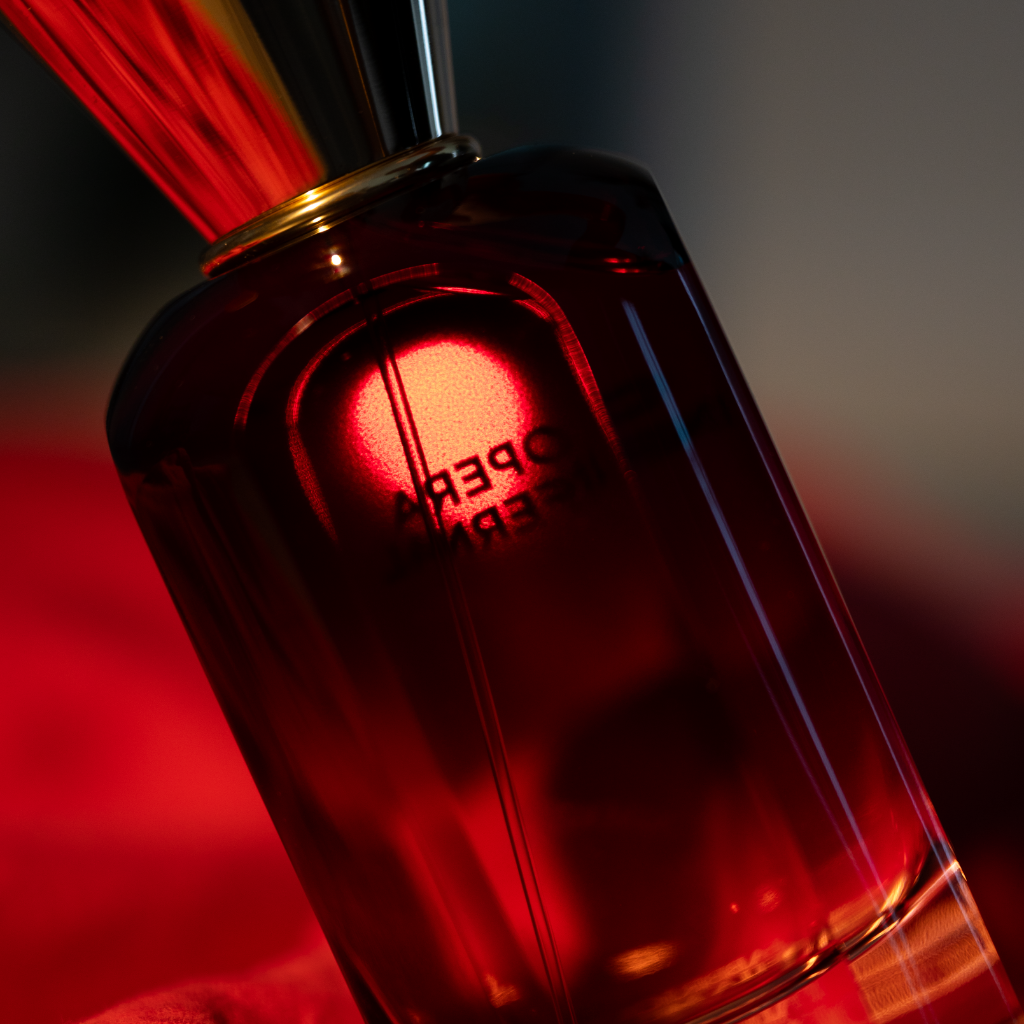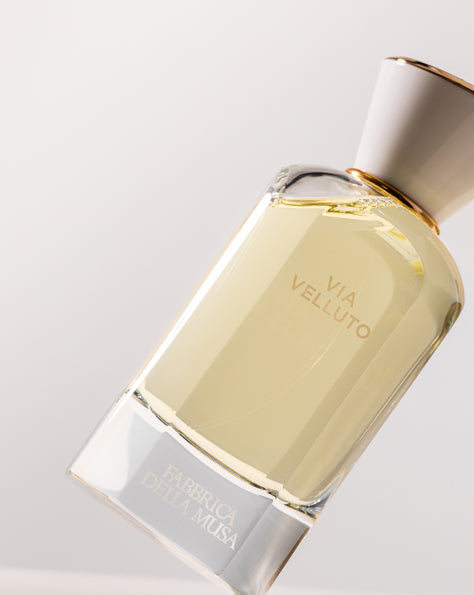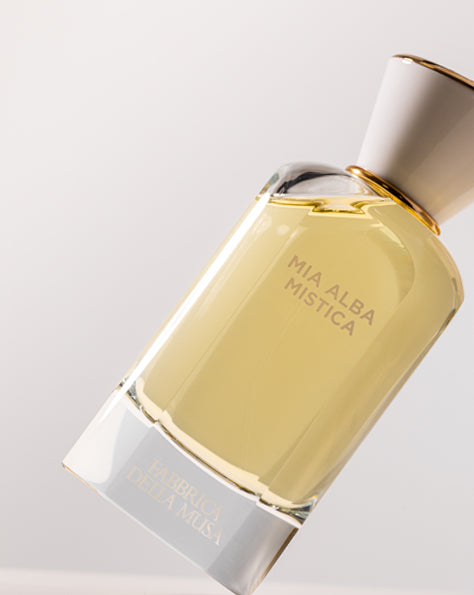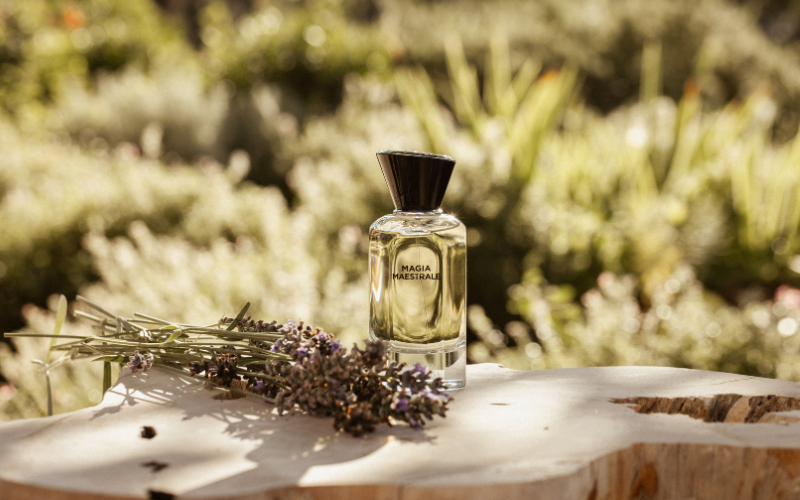Some scents whisper. Others linger - like a velvet echo, imprinting themselves upon memory. Patchouli is undeniably among the latter.
Profound, earthy, and irresistibly captivating, patchouli has traversed centuries of perfumery, shifting from sacred rituals to bohemian rebellion, from exotic intrigue to high-perfumery sophistication.
But what exactly is patchouli, and why does it continue to seduce generation after generation?
The Scent of Patchouli: A Journey Through Its Depths
Derived from the dried leaves of Pogostemon cablin, a member of the mint family, patchouli defies expectations - it holds no trace of the fresh, green brightness of its botanical relatives. Instead, it speaks of earth, of shadows, of warmth.
Imagine the scent of rain-dampened soil, of sunlit woods, of skin wrapped in silk and mystery. Depending on extraction methods, ageing, and blending, patchouli can manifest as raw or refined, bold or smooth, primal or poetic.
Here is a sensory map of its most well-known olfactory facets:
| Facet | Scent Description | Emotion Evoked |
|---|---|---|
| Earthy | Damp soil, forest after rain | Grounding, primal instinct |
| Woody | Rich, resinous, dark | Elegance, meditation |
| Herbal | Slightly green, bitter freshness | Vitality, energy |
| Ambery/Balsamic | Warm, enveloping, velvety | Comfort, sensuality |
| Chypre | Dry, vintage, powdery | Sophistication, timeless appeal |
While patchouli commands attention on its own, it achieves extraordinary depth when paired with warm, indulgent notes such as vanilla, creating a stunning interplay between shadow and light.
Patchouli Reimagined: A Renaissance in Modern Perfumery
Once synonymous with the free-spirited era of the 1970s, patchouli has shed its clichés. Today, in the world of niche perfumery, it is enjoying a renaissance, transformed into an emblem of mystery, refinement, and allure.
In some perfumes, patchouli does not merely support the composition—it takes center stage. Dolcetto Romano, created by FABBRICA DELLA MUSA, elevates patchouli to a dramatic protagonist, allowing it to unfurl in all its intoxicating glory.
The Art of Patchouli in Dolcetto Romano
Sourced from Indonesia, patchouli reveals its noble complexity, structured by an enveloping woodiness of remarkable sophistication. Atlas cedarwood enhances its resonance, lending it a warm, resinous stability. Praline, delicately infused, introduces a subtle gourmand facet that refines the edges of this composition.
The opening bursts forth with the piquant brightness of ginger and Italian bergamot, creating a vivid interplay between freshness and intensity. Lavender and geranium add aromatic finesse, shaping a seamless transition into the deep, magnetic presence of patchouli, which emerges with force and grace.
This olfactory alchemy yields a fragrance that balances strength with refinement, imprinting itself upon the senses with a discreet yet unforgettable sensuality.
This is not patchouli as you’ve known it. This is glamour, unfiltered. Here, patchouli does not whisper - it dares.
Is Patchouli the Right Scent for You?
Perhaps you’ve heard that it is too bold, too intense, too nostalgic.
In truth, patchouli adapts - to the skin, to the blend, to the story you wish to tell.
Patchouli might be for you if…
✔ You gravitate toward fragrances that evolve, not simply fade.
✔ You crave depth and contrast, rather than fleeting sweetness.
✔ You seek something intimate yet unforgettable.
✔ You are drawn to scents that linger like a secret, rather than a proclamation.
And if you wish to experience patchouli in its most seductive, daring, and unapologetically dramatic form, Dolcetto Romano may be the key you’ve been searching for.
Patchouli: More Than a Note—A Signature
Patchouli is not for everyone. But for those it speaks to, it leaves an imprint long after the scent has faded.
It is not about nostalgia. It is about presence. About sensuality. About confidence.
And in the hands of visionary perfumers, it transcends its role as a mere ingredient—it becomes a narrative.
Dolcetto Romano tells one version of that story.
Perhaps the next chapter is yours.


